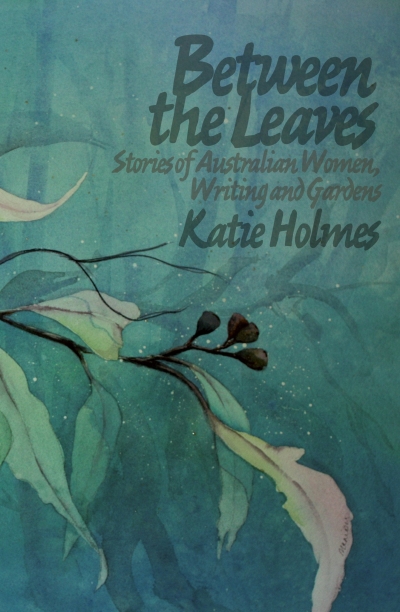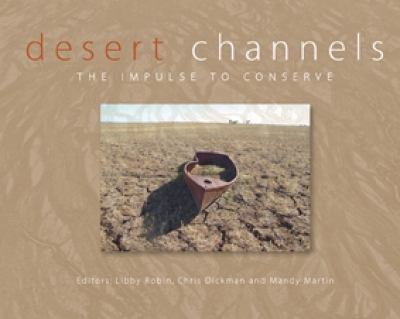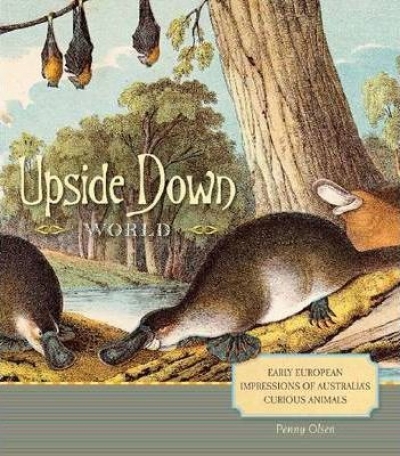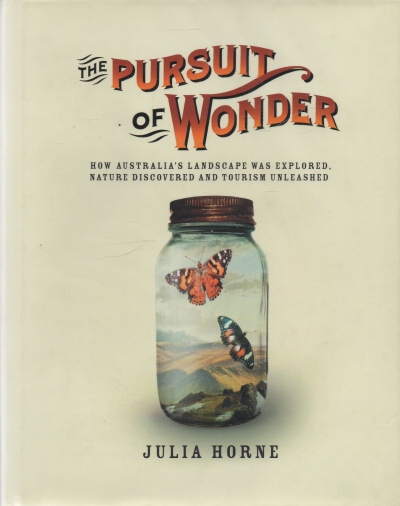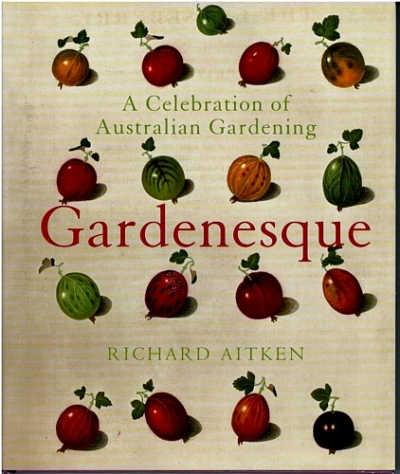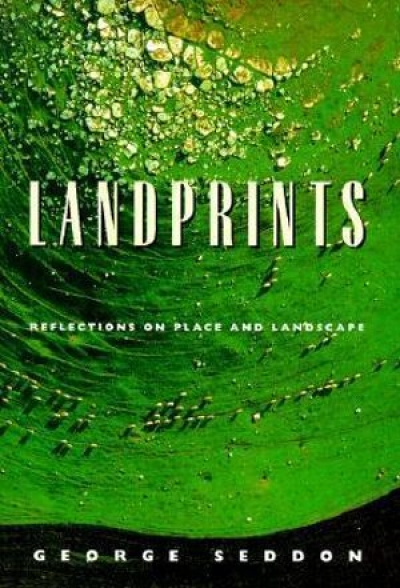Nature Writing
Between the Leaves: Stories of Australian Women, Writing and Gardens by Katie Holmes
by Penny Hanley •
Desert Channels: The Impulse to Conserve by Libby Robin, Chris Dickman, and Mandy Martin
by Kim Mahood •
Upside Down World: Early European Impressions of Australia’s Curious Animals by Penny Olsen
by Peter Menkhorst •
The Pursuit of Wonder: How Australia's landscape was explored, nature discovered and tourism unleashed by Julia Horne
by Delia Falconer •
Gardenesque by Richard Aitken & The Oxford Companion to Australian Gardens edited by Richard Aitken and Michael Looker
by Paul de Serville •
Landprints: Reflections on place and landscape by George Seddon
by Stephen Muecke •
Eucalypts for Wood Production by W.E. Hillis and A.G. Brown & Keys to the Families and Genera of Queensland Flowering Plants (Magnoliophyta) by H.T. Clifford and Gwen Ludlow
by Julie Marginson •

